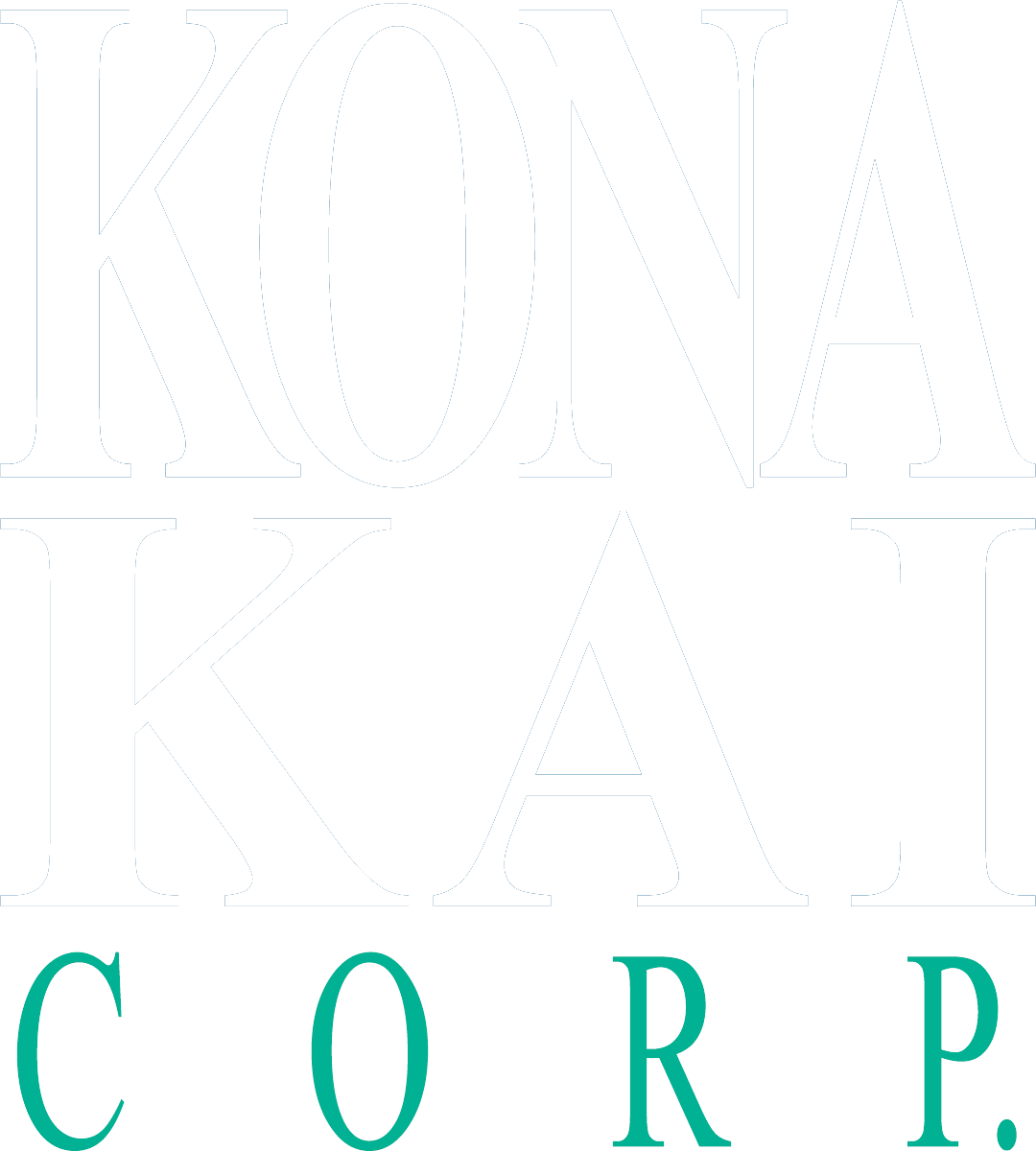Digital Process Automation System
Problems Solved!
Digital Process Automation is continually evolving, forcing the need for businesses to automate processes and modernize their processes and systems.
Partnering with companies to evaluate their DPA/BPM needs is one of the hallmark services that Kona Kai Corp provides.
Our tried and true, comprehensive method of analyzing your processes ensures a successful outcome
We will begin with an in-depth assessment of the current state using a 'day-in-the-life' approach. Using this method allows us to learn the flow of work from one person or system to another; understand the intricacies and role of each resource and clearly identify the end-to-end case paths. Once we have discovered what the true desired outcome is, we collaborate with your team to define the Key Performance Indicators to measure the value and prioritization of your system evolution.
By embedding your resources in the team, we empower your resources to identify manual and/or non-value-add steps that can be streamlined, ensure your resources become the subject matter experts on the new processes, engage your resources to be part of your evolution and instill pride of ownership.
Are your systems and processes causing issues?
Wasting Resources?
Our systems and processes generate errors, which tie up additional resources to resolve
Our processes and systems are antiquated, cumbersome and time-consuming.
1
My process takes
too long.
our solutions:
> Model end-to-end processes; mapping, creating visuals, and modeling a story
> Data mapping rounds off the business process modeling by creating contextual targets for developers
> By embedding your resources in the team, we empower your resources to identify manual and/or non-value-add steps that can be streamlined
2
There are too many steps in my process.
Our solutions:
> Analyze the process and understand its intricacies and the role of all parties involved. We create simplified cases to track and enable business users.
> Iterate our build, showcase our designs, and map documentations along the way to provide checkpoints to validate design.
3
Our process has bottlenecks.
OUR SOLUTIONS:
> Our approach enables business leaders, drives consistency to employees, and tailors the work to each representative responsible for the work.
> Throughout the discovery stage we learn which teams are involved and create process movement that carries work from one team to another systematically, without the need for emails, spreadsheets, or IMs. This reduces processing time and helps identify where further improvement opportunities can be leveraged.
Our systems and processes are costing us too much money.
4
No measurement of success or insufficient time to complete work.
our solutions:
> Determine how to track completed work and enable users through the creation and modification of Key Performance Indicators (KPIs) to drive fluid changes based on business objectives and goals.
> Create “book-ends” that clearly denote the status of processes and provide top-down views to enable leaders with insight into how work is completed, how long it takes, and where bottlenecks exist.
> Leverage data outputs to indicate the outcomes of work, such as the length of time to complete a process or how many times a customer reviews marketing material. This data can be used by data scientists to drive predictive modeling and increase outcome efficiency.
5
Reporting on the process is not complete, not consistent, and usually requires configuration.
Our solutions:
> Provide consistency and leveled reporting for cross-business measurement based on the defined process data.
> Enable business users to create and track work that creates a visual as well as timeline reporting to clearly track the successes of each employee.
> Create end-to-end reporting capable of showing the steps involved, with trending analytics to highlight areas of opportunity for improvement.
6
Growth plans are not scalable.
OUR SOLUTIONS:
> Identify repeatable assets to drive efficiencies and reduce development time.
> Remove waste and non-valued steps from key business operations.
> Enable robust reporting structures to track cross-functional business alignment.
> Create steering committees to drive cross-business alignment around business strategies and goals.
> Define Centers of Excellence to enable, solve, and create best practices.
Our systems and processes generate errors, which tie up additional resources to resolve.
7
There are too many errors.
OUR SOLUTIONS:
> By solving for primary and secondary case paths, we enable your business to systematically restrict users to stay within guided processes. This eliminates manual tracking, processing, and reduces the manual steps required.
> Eliminate the manualized steps by developing tailored solutions to solve for the antiquated processes.
> Focus on desired outcomes, not the “how” of current state operations.
8
Most workflows are embedded in the minds of those who perform the work. Knowledge is not shared or documented.
OUR SOLUTIONS:
> Leverage subject matter experts early in the design of processes.
> Create a simplified single-point-of-contact approval mechanism that drives “completed/solved” processes.
> We have a day-in-the-life approach, where we sit with those who do the work to learn what they like, what they do not like, what tools are needed to get the job done, and their thoughts on improvements.
> Focus on the outcomes of activities, not how things get done.
9
There is no documented process for people to follow.
OUR SOLUTIONS:
> Create end-to-end process mapping from the user perspective, a system perspective, and a data/integration perspective.
> Devise a data architecture model to support the new software of proposed solution.


